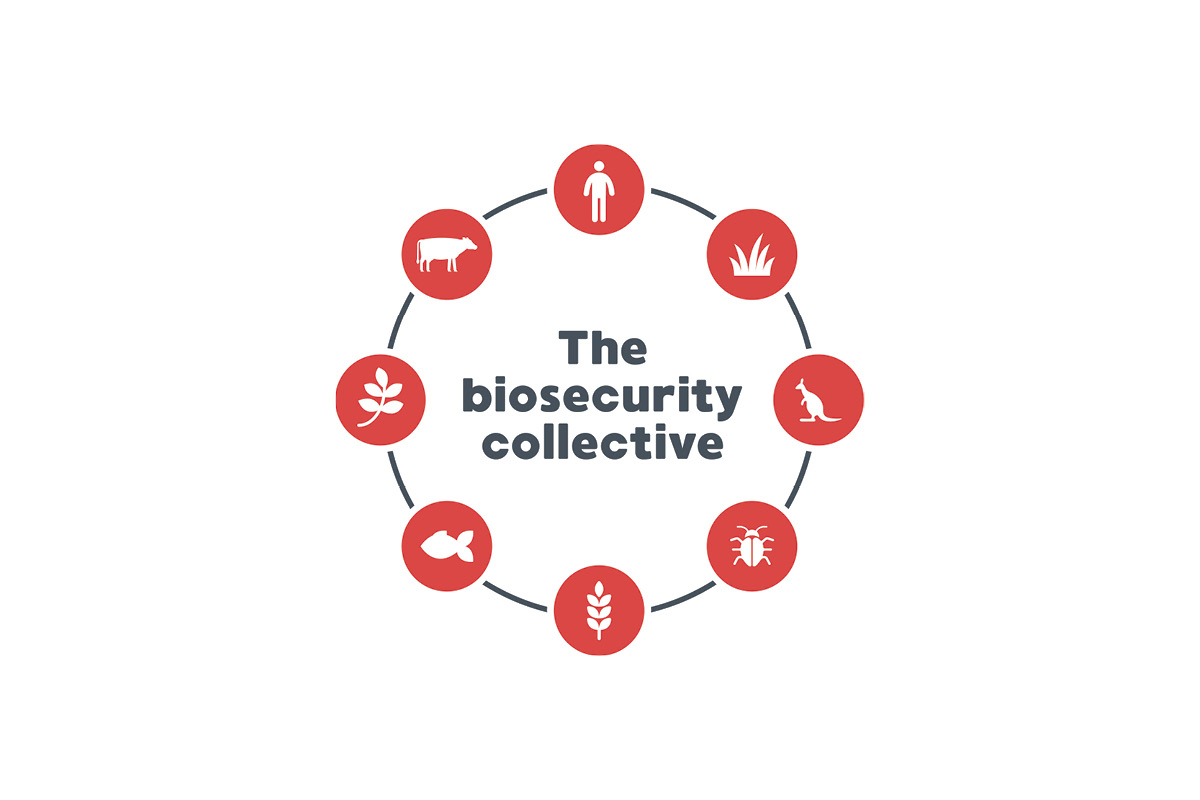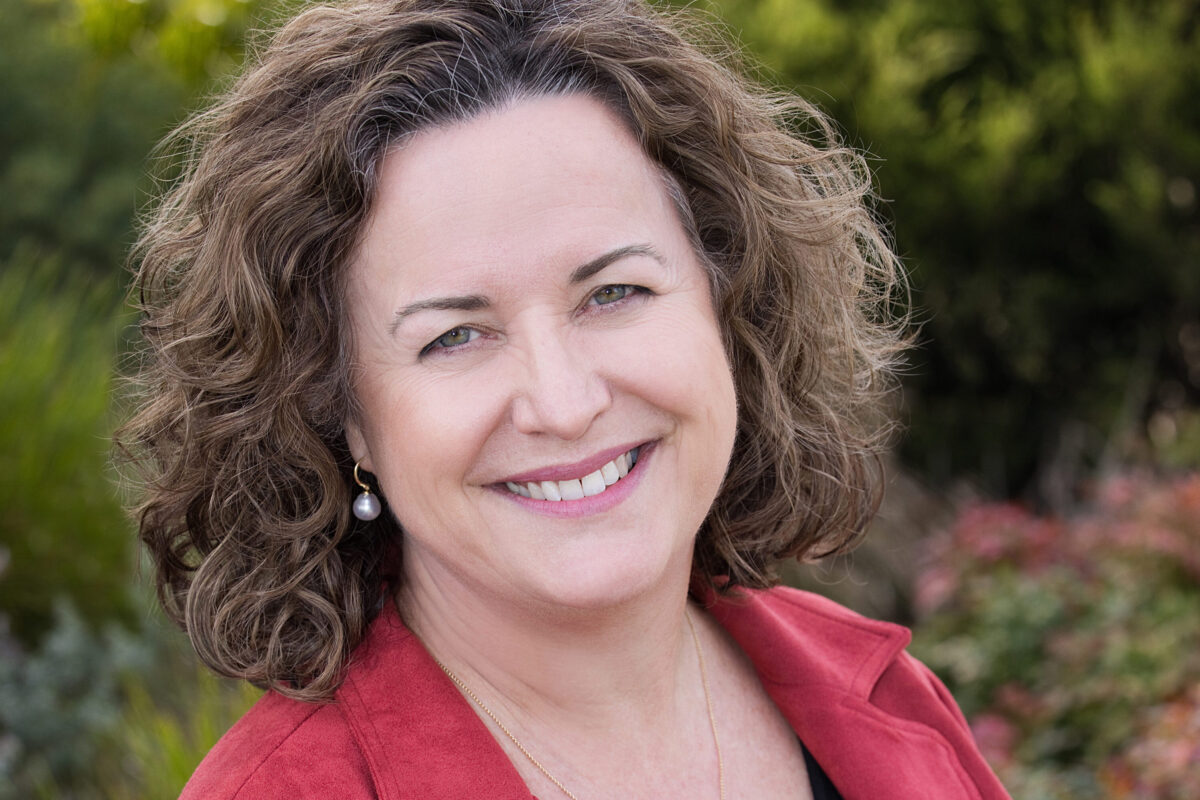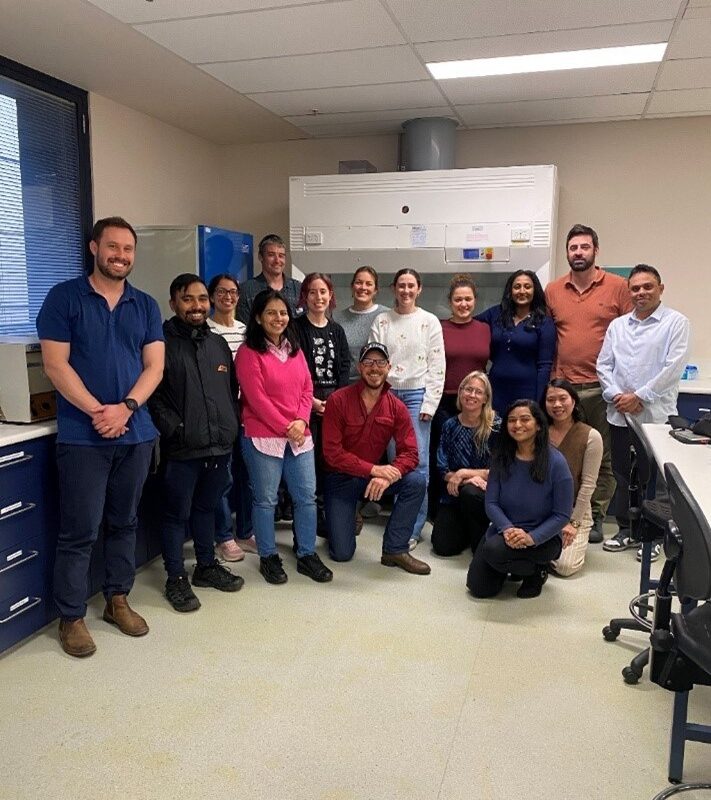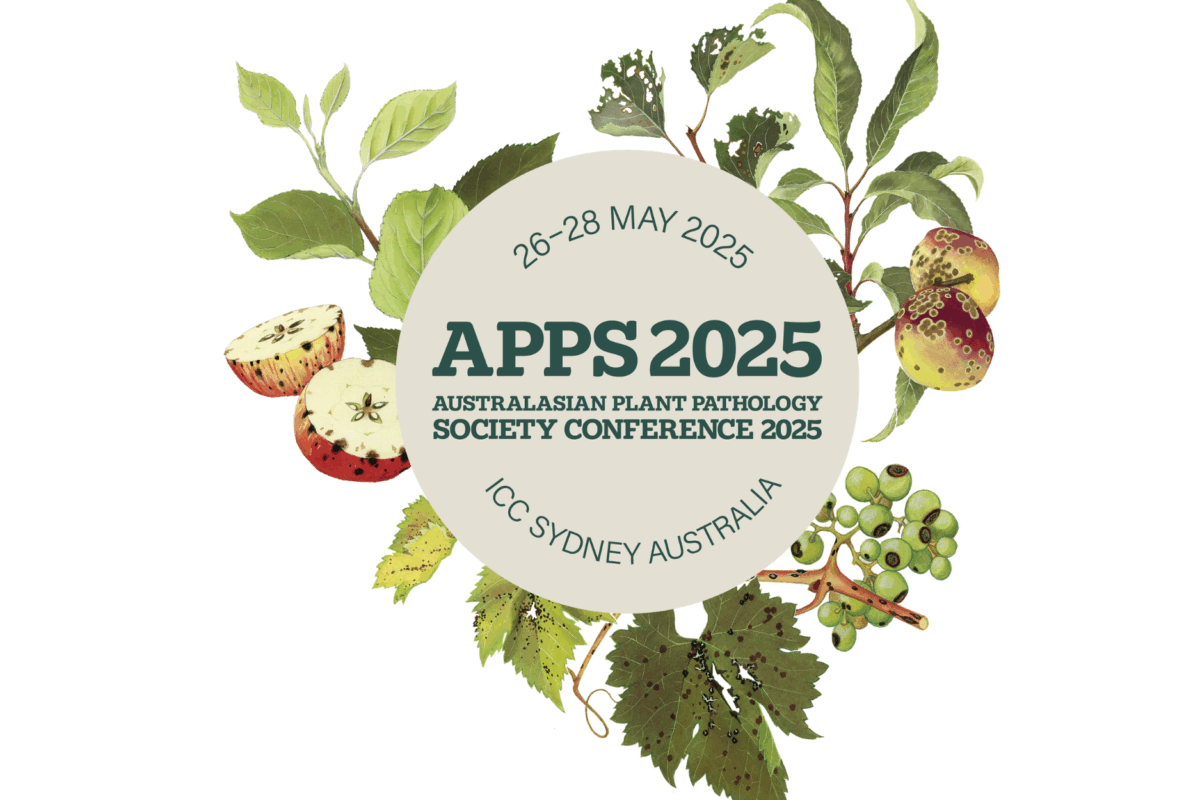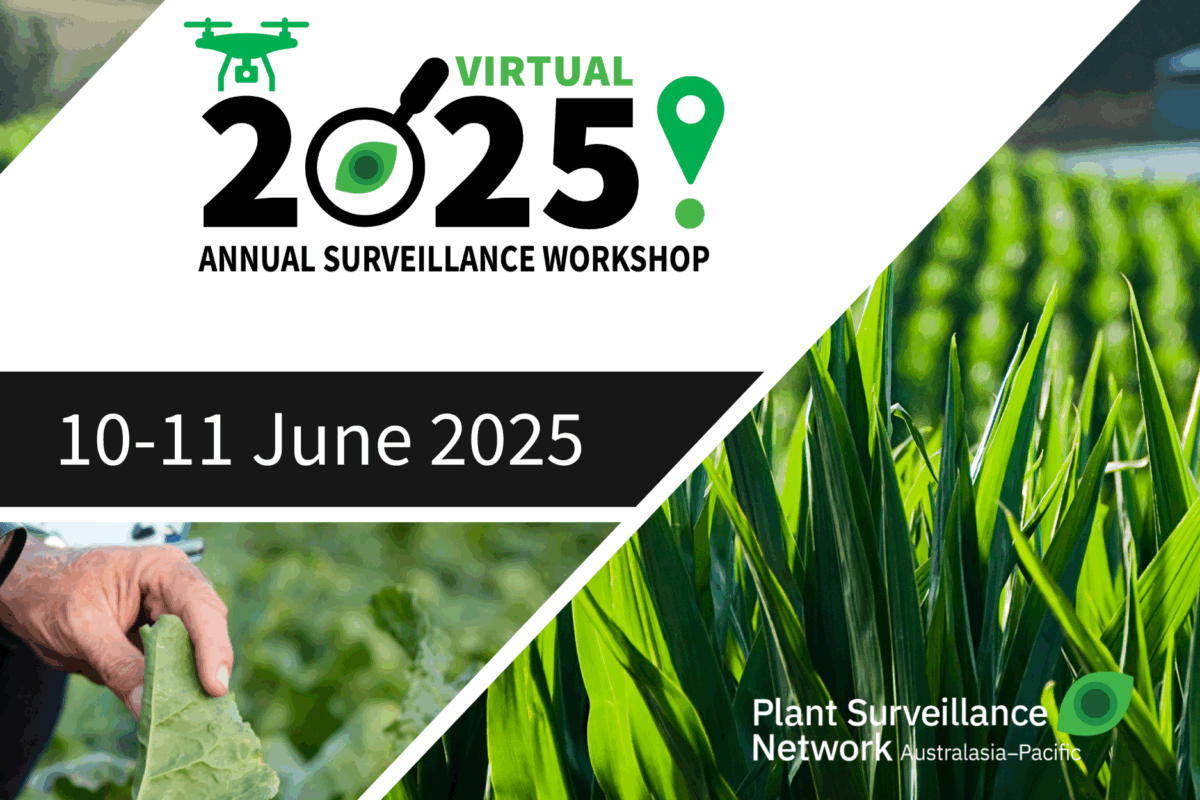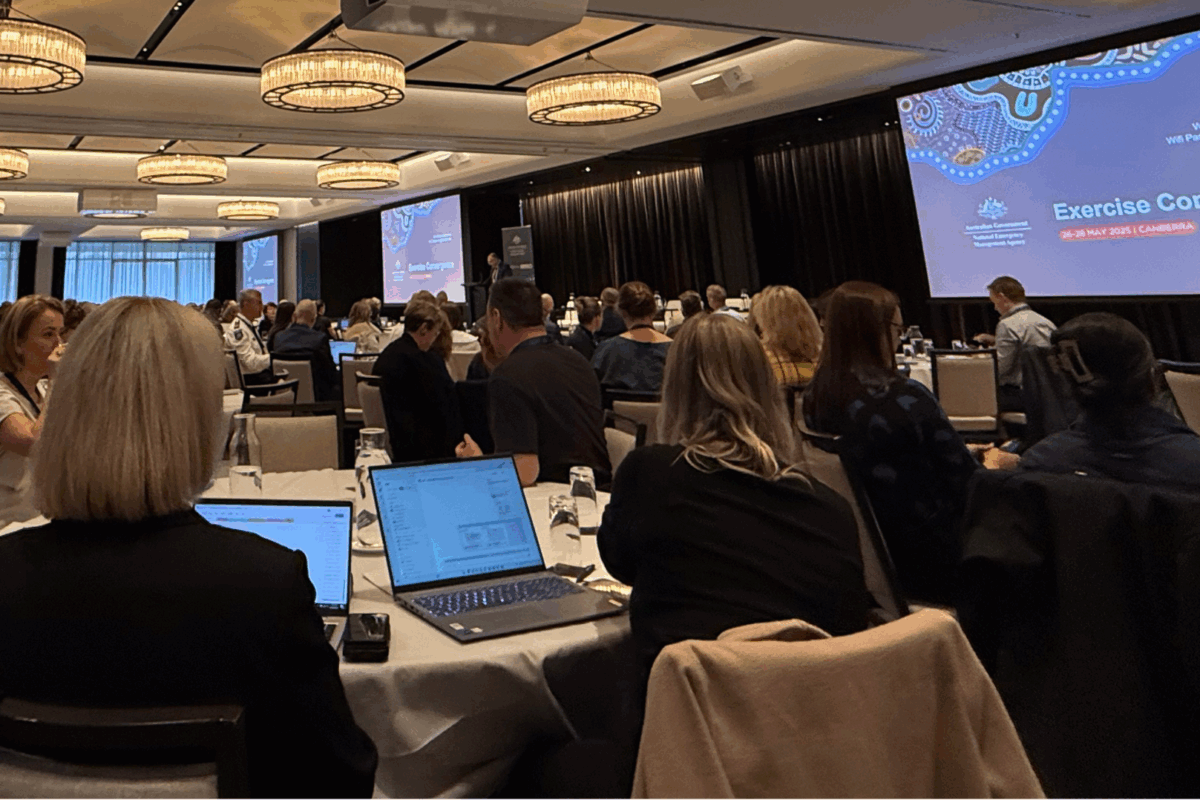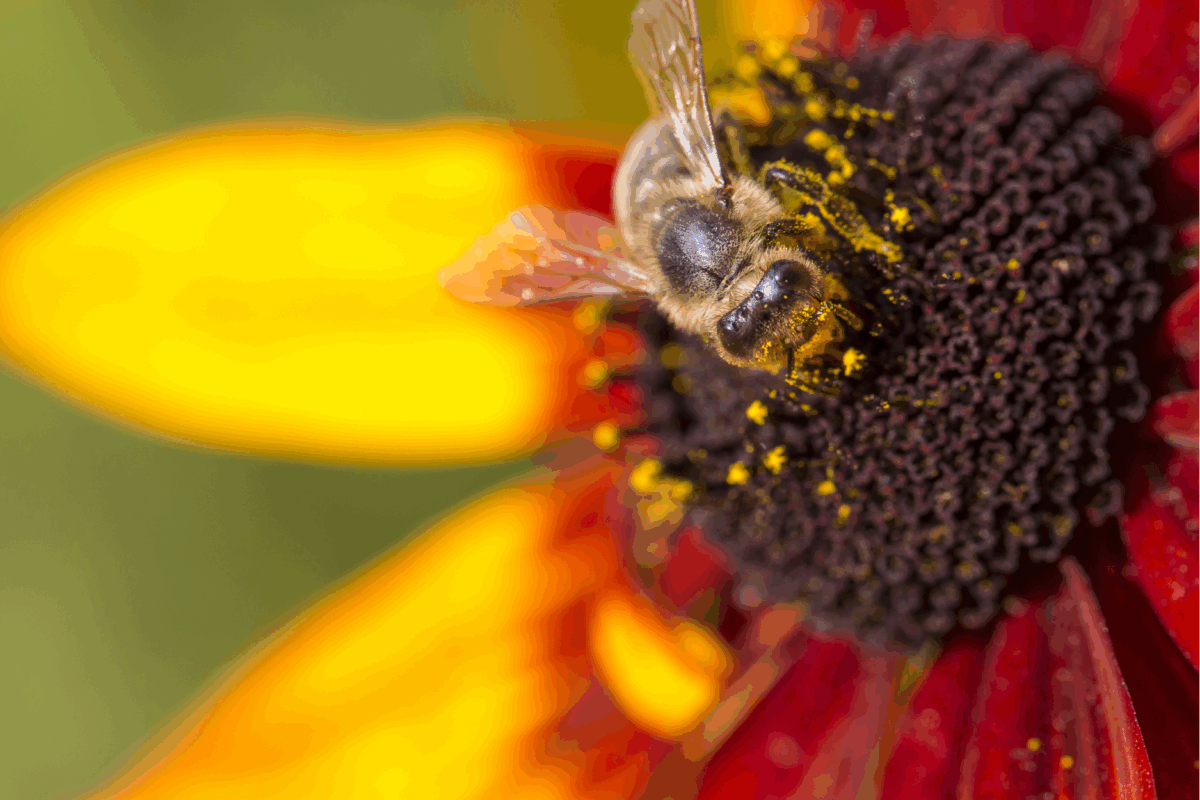Building a biosecurity mass movement
Following the resounding success of the inaugural Australian Biosecurity Symposium in 2019, over 400 of the country’s leading innovative minds and influential players converged on the Gold Coast to network, brainstorm and unite under a common purpose to accelerate biosecurity reform.
The 2nd Australian Biosecurity Symposium offers an opportunity to share research outcomes, explore outside-of-the-box thinking and exchange knowledge and ideas across the biosecurity collective – agriculture (animals and plants), pest animals, weeds, wildlife, aquatics, humans and the environment.
This year’s symposium theme is ‘a decade of biosecurity: turning a moment into a movement’. Australia’s biosecurity system faces unprecedented pressure. To address this pressure, strong leadership and innovation are essential. The symposium provides the ideal platform to explore how to transform Australia’s biosecurity systems to better protect our economy, environment and way of life.
The symposium continues the work of the Biosecurity Collective – a shared initiative consisting of Animal Health Australia (AHA), Invasive Species Council (ISC), Centre for Invasive Species Solutions (CISS) and Plant Health Australia (PHA), to define and influence the direction of Australia’s biosecurity system towards 2030, particularly in engaging all Australians in building a stronger biosecurity system and building a mass biosecurity movement.
Presentations and panel discussions are positioned around four themes:
- Connecting the dots: enhancing the system and its resilience
- Empowering action: working together for transformational change
- Future-focused: how science and tech are paving the way forward
- Mainstreaming biosecurity: turning buzzword into a way of life.
The symposium commenced with well-known environmental educator and television presenter Costa Georgiadis, who drew on his all-consuming passion for plants and people in his introduction.
Costa reminded delegates of their role as communication amplifiers and encouraged them to use their reach to share biosecurity moments.
“The symposium offers an opportunity to influence the direction of Australia’s biosecurity system,” he said.
“We’re focusing on biosecurity preparedness, as it’s not a case of if, but when a new biosecurity threat arrives,” Costa said.
Plenary session #1
Dr Anika Molesworth, a farming thought-leader, researcher and future shaper, delivered the first keynote address on ‘Empowering action: working together for transformational change’.
Anika, who has a PhD in international agriculture and environmental management and lives on a family farm in far west New South Wales on the lands of the Wilyakali people, spoke from personal experience about climate change and her work with rural communities.
Anika took delegates on a climate change journey, reflecting on where we have come from and where we are going, instilling courage to enable us to choose the story we want to create for our land and the legacy we want to leave.
“We have commonality in complex problems. We are here because we are problem solvers. We all believe there is a better way of doing things,” she said.
“I walk alongside others who are on a climate change journey, trying to find ways to shift the trajectory so that we have the best future imaginable,” Anika said.
Concurrent session #1
- Advances in e-DNA surveillance
- Surveillance: new thinking
- Hot topics
- Behaviour change
In her presentation about Holding back the tide: science-based tools for biosecurity risk management and incursion response, Jane Muller from CSIRO, said that Australians eat almost 4 million tonnes of fresh fruit and vegetables each year of which 96% is grown in Australia.
“Phytosanitary risk management tools open up opportunities to harness emerging technologies and existing datasets,” Jane said.
Samantha Allen from AHA presented on Lumpy skin at the border: are we making the right moves to prevent an outbreak within the cattle sector?
“There is growing recognition that we need to get smarter with surveillance rather than just upscaling the things we’re doing now, so we can remain disease free for the next 20 years,” Samantha said.
Gabrielle Vivian-Smith, Australian Chief Plant Protection Officer, presented Australia’s biosecurity outlook: a plant health perspective.
“In 2020 over 56,000 overseas seed parcels failed to meet import conditions,” she said.
Aaron Dodd from CEBRA talked about Biosecurity is valuable, right?
“The thing about biosecurity is that we are trying to protect assets and we need to focus on that – environment, agriculture, infrastructure and social amenity,” he said.
Kirsten Phillips, Engagement Manager at Biosecurity Queensland, spoke about Defining behaviour change priorities for biosecurity.
“Lets focus on good biosecurity behaviour …. what we can do versus what we shouldn’t do,” she said.
Plenary session #2
Dr Debbie Eagles, Deputy Director, Australian Centre for Disease Preparedness at CSIRO, an epidemiologist with a background in vector-borne diseases and extensive experience in animal health and biosecurity preparedness and response in Australia, delivered today’s second keynote address.
She highlighted how research and innovation is fundamental in transforming the national biosecurity system and how a transformed national biosecurity system needs to be underpinned by digital and genetic surveillance systems supported by citizen science, big data analytics and fully integrated pre-border and post-border systems.
“Speed of detection is imperative to effective, efficient control,” she said.
“The biosecurity sector is facing significant threats but through science and technological innovation, and engagement of the broader community, we are capable of transformational change,” Debbie said.
Concurrent Session #2
- Modelling risk for resilient biosecurity systems
- Shared responsibility
- Advances in e-commerce surveillance
- New connections
In his session about Shared responsibility for biosecurity: beyond educational and compliance-based approaches, University of Tasmania Researcher, Vaughan Higgins encouraged delegates to take an alternative approach through relational responsibility. He spoke about shifting emphasis from key target audiences to those influencers on the periphery to increase adoption of biosecurity practices.
Rob Delane, the Inspector-General of Biosecurity presented Towards a more accountable biosecurity system. “The rhetoric about ‘shared responsibility’ and ‘biosecurity partnership’ articulated by the department and the post-border beneficiaries of effective prevention biosecurity measures, is not matched by a genuine, practical and sustained commitment to ‘partnership,” he said.
“The fundamental nature of biosecurity demands that all parts of the biosecurity system are alert, inquisitive, communicative, decisive and operationally disciplined,” Rob said.
Sandra Steele, a lecturer in Veterinary Epidemiology and One Health, presented Shortcomings in companion animal biosecurity and disease surveillance. “There is a need for structures, specific companion animals, alongside animal health systems,” she said.
In his presentation about Online compliance and engagement strategy tackles prickly situation, Chris Hollingdrake from the Queensland Department of Agriculture and Fisheries, said: “Engagement and enforcement need to be integrated. Neither work in isolation.”
Concurrent session #3
- Connecting the dots
- Building resilience
- Future-focused
- Advances in pig biosecurity
In his presentation about Ensuring Tasmania’s biosecurity future: 15 years of the Tasmanian Biosecurity Strategy, Andrew Bishop, Tasmania’s Chief Plant Protection Officer, said following the progressive implementation of the Biosecurity Act, work on progressing a third iteration of the Tasmanian Biosecrity Strategy is almost complete.
“The new edition of the Strategy is expected to be released this year and once implemented it will take us past two decades of a strategic approach to biosecurity in Tasmania,” Andrew said.
Wee Tek Tay from CSIRO presented East and West: working together to disentangle fall armyorm global introduction pathways.
His speedtalk covered multiple introductions of fall armyworm in Asia and Southeast Asia and multiple pathways into Australia, looking at the significant structures and gene flow of the western versus eastern populations of fall armyworm.
“We’re only as prepared as our neighbours are,” he said.
Fiona Constable, Research Leader at La Trobe University, presented the International trade of seed: science informing risk.
“We tested four online platforms and seeds from 20 suppliers and found booklice, grain beetles and lepidopterans,” she said.
Grower managed plant protection and biosecurity systems was presented by John McDonald, National Biosecurity Manager at Greenlife Industry Australia where he presented the biosecure Hazard Analysis Critical Control Point (HACCP) system.
“80 per cent of nursery industry time is spent in compliance,” he said.
Nathan Hancock, CEO of Citrus Australia and Chair of the Plant Industry Forum, presented CitrusWatch: launch of a multi-pronged, multi-stakeholder approach to commodity protection.
“16,460 citrus interceptions occurred in 2017, which is approximately 5.5 per cent of biosecurity interceptions for that year,” he said.
“When industry is motivated, resourced, and has the capacity, it can be a powerful contributor to biosecurity resilience,” Nathan said.
In her presentation about Plant health in One Health – critical for safeguarding life, Lois Ransom, a plant pathologist, said you need healthy plants to ensure a healthy environment.
Plenary session #3
Today’s final session launched the 2020s as the ‘Decade of Biosecurity’, a collaborative initiative seeking to engage all Australians in a stronger biosecurity system. The initiative began as an outcome of the 2019 Australian Biosecurity Symposium to future-proof Australia’s biosecurity system.
With a special address by the Hon Mark Furner, MP, Queensland’s Minister for Agricultural Industry Development and Fisheries and Minister for Rural Communities, the program aims to mobilise a 25 million strong mass movement, secure sustainable investment in biosecurity, foster innovation and create a formal partnership between government, industry and the community.
This initiative is being advanced by the ISC on behalf of the National Farmers’ Federation, Landcare Australia, National Landcare Network, AHA, PHA, NRM Regions Australia, and the CISS.
“Through the Decade of Biosecurity, we seek to put industries, businesses and community members at the centre with governments so that together we can achieve a stronger biosecurity system to better protect our economy, environment and way of life” said Andrew Cox, CEO of ISC.
“We need to build a biosecurity system ready for 2030. And we need to start now. We want to ensure that every individual Australian, business and organisation recognises and understands their role and the important contribution they can play in creating a stronger and more resilient biosecurity system” he said.
